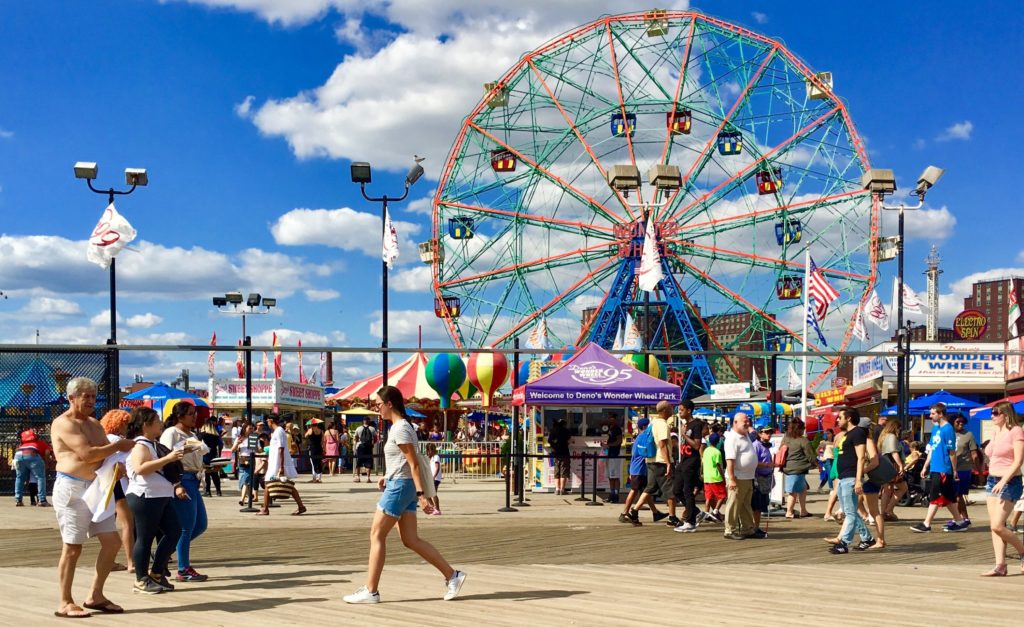Streetcar in Coney Island could tie into amusement parks | Opinion

Several years ago, builder, supermarket mogul, radio host and occasional political candidate John Catsimatidis announced that he hoped to include a trolley with his planned Ocean Dreams rental development at 3514 Surf Ave. to take residents to the Stillwell Avenue subway terminal.
Ocean Dreams is now here, and its apartments are advertised online, but there’s no sign of a streetcar. In my opinion, a streetcar system wouldn’t work in Coney Island unless it’s tied into the amusement area and sponsored by one or more of the amusement parks.
The idea is not new. Back in the first decade of the 2000s, Arthur Melnick, a streetcar buff and former teacher who grew up in Coney Island, formed the Brooklyn City Streetcar Company. Its objective was to put a trolley line in Coney Island that would connect parking lots off the Brooklyn-Queens Expressway to destinations in the area.

Coney Island
View MoreIn just a little over an hour, you can be transported from the glitz and glamor of Manhattan to the old-school amusement of Brooklyn's storied Coney Island. The destination offers thrills, sun, surf and a unique brand of entertainment that will feel worlds away from the rest of the City.